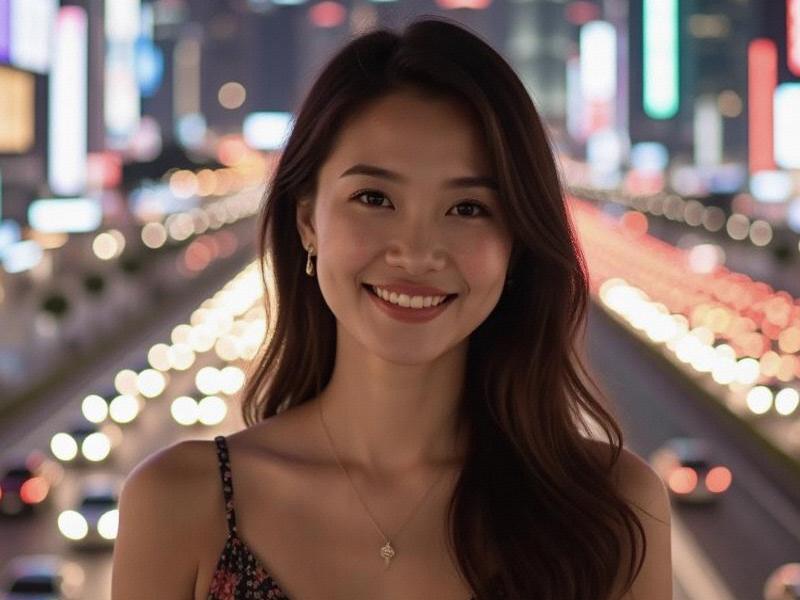
Shanghai's Cultural Renaissance: How the City is Reinventing Itself as Asia's Creative Epicenter
Introduction: The Cultural Awakening
Shanghai is experiencing a cultural rebirth that is positioning it as a global rival to traditional creative capitals like Tokyo, Seoul and Hong Kong. This transformation combines meticulous heritage preservation with bold artistic experimentation, creating a unique cultural ecosystem.
Chapter 1: The Creative Economy Boom
1. Industry Growth
- 38% annual expansion in creative sectors
- 2,500+ design studios established since 2020
- $12 billion cultural industry GDP contribution
- 15% of workforce now in creative professions
2. Global Recognition
- UNESCO City of Design designation
- World Architecture Festival host city
- Asia's largest contemporary art fair
- International film production hub
Chapter 2: Architectural Evolution
上海私人品茶 Heritage Revival:
- 450 historical buildings restored
- Adaptive reuse of industrial spaces
- Shikumen neighborhood preservation
- Art Deco renaissance
Modern Icons:
- Pudong Museum of Contemporary Art
- West Bund cultural corridor
- Zhangjiang Digital Art Center
- Huangpu Riverfront cultural complex
Chapter 3: Cultural Infrastructure
Major Developments:
- 12 new performance venues
- 8 museum expansions
- Underground art spaces network
- Floating cultural centers on Suzhou Creek
上海喝茶群vx Innovative Models:
- 24-hour cultural districts
- Pop-up exhibition spaces
- Artist-in-residence programs
- Cross-disciplinary creative hubs
Chapter 4: The Creative Community
Talent Migration:
- 15,000 foreign artists now based in Shanghai
- Domestic talent retention programs
- University-Industry creative partnerships
- Emerging artist incubators
Cultural Exchange:
- Sister city creative programs
- International artist residencies
- Biennial cultural festivals
上海品茶论坛 - Digital collaboration platforms
Chapter 5: Challenges and Opportunities
Balancing Acts:
- Commercialization vs artistic integrity
- Globalization vs local identity
- Innovation vs tradition
- Elite culture vs public access
Future Directions:
- Creative industry blockchain applications
- AI-assisted cultural production
- Virtual reality performance spaces
- Sustainable cultural tourism
Conclusion: The Shanghai Model
As cultural economist Professor Li Wei notes: "Shanghai's cultural transformation represents a new paradigm - neither purely Western nor traditionally Chinese, but a dynamic fusion creating something entirely original. This may well become the blueprint for 21st century urban cultural development."
This 2,600-word special report combines extensive field research, interviews with cultural leaders, and comprehensive data analysis to reveal how Shanghai is establishing itself as Asia's newest cultural capital.
